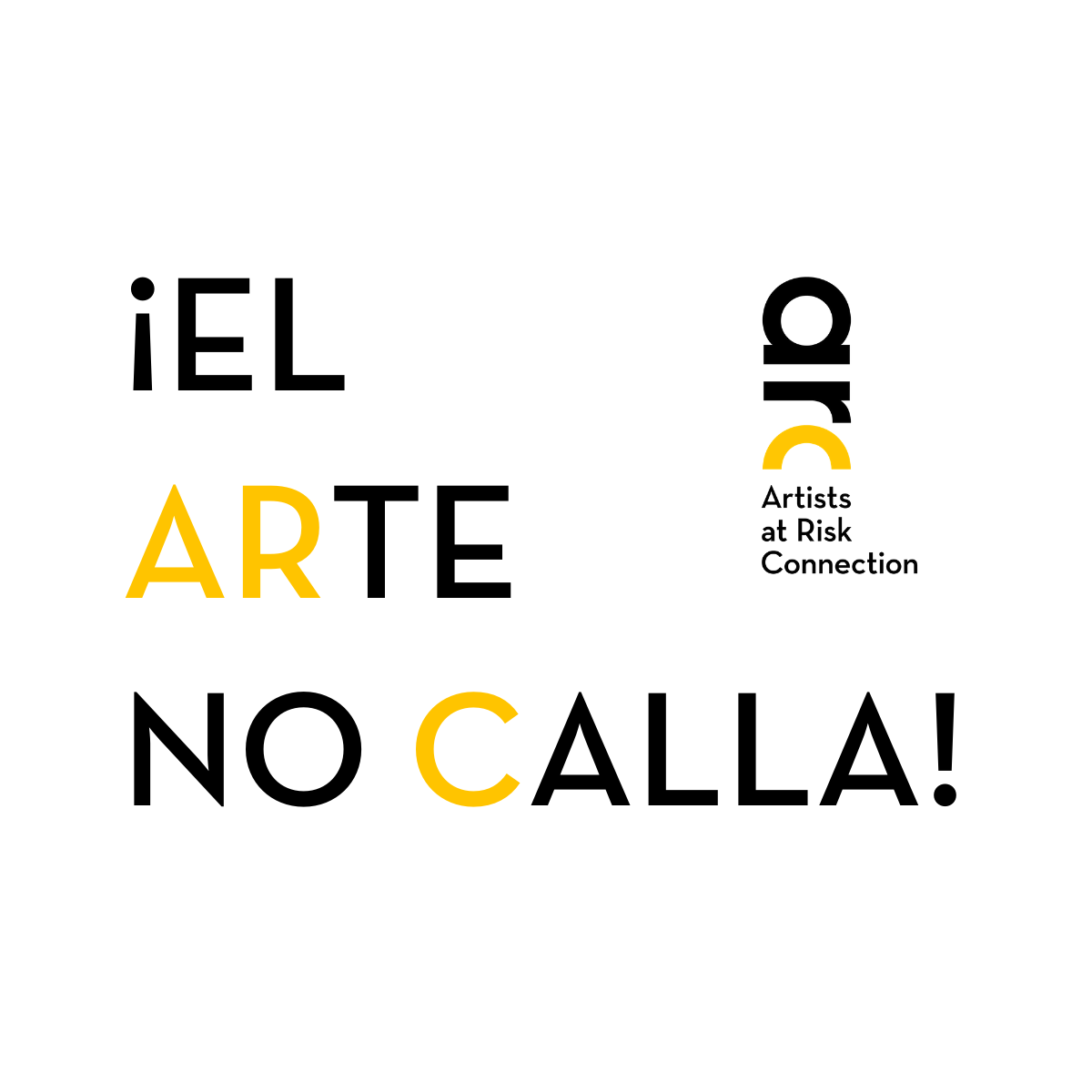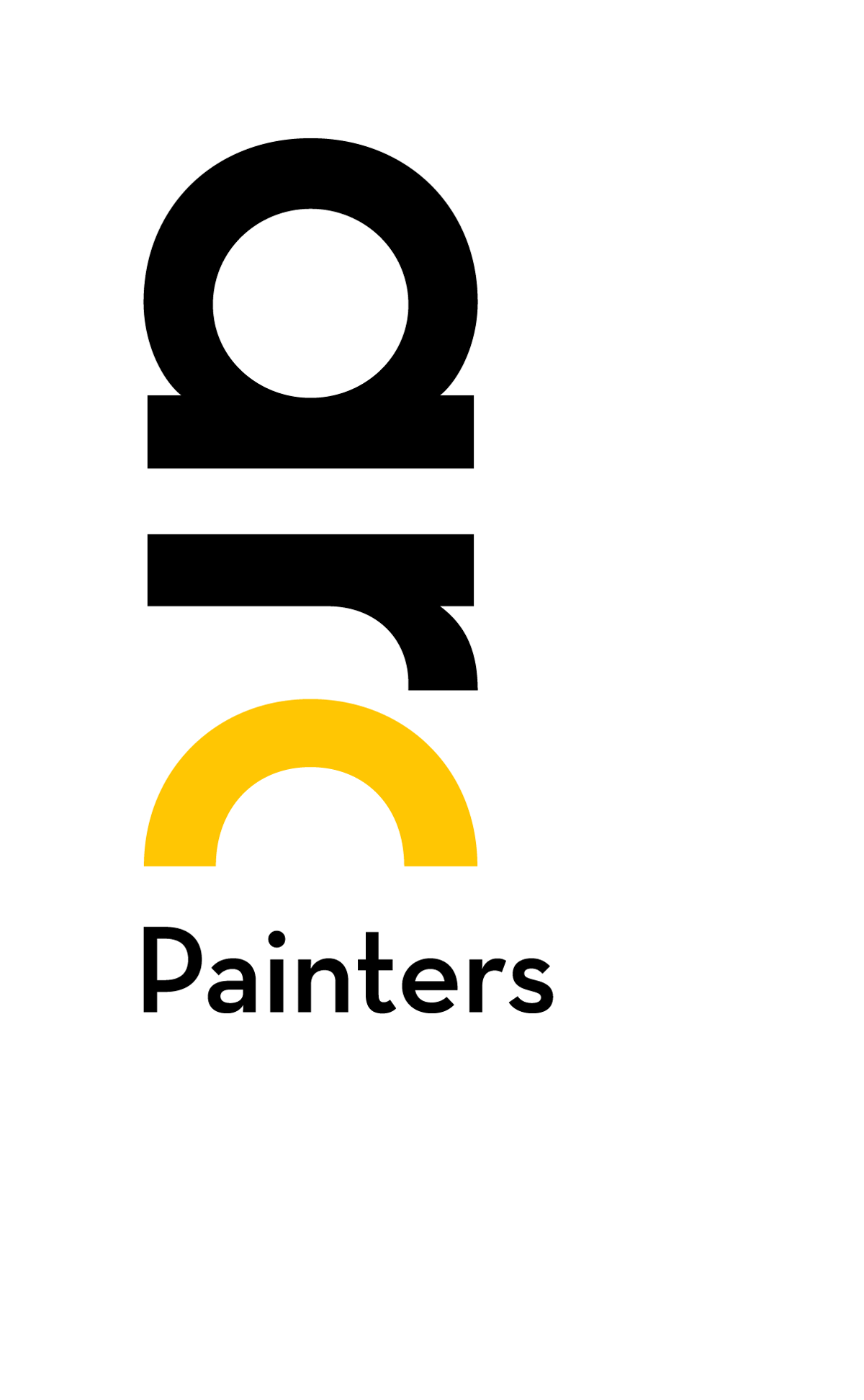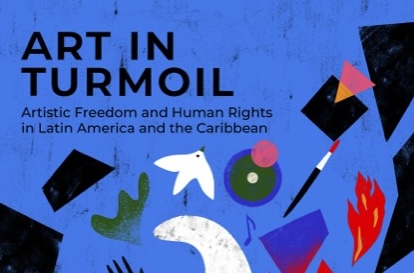Art in Turmoil: Artistic Freedom and Human Rights in Latin America and the Caribbean
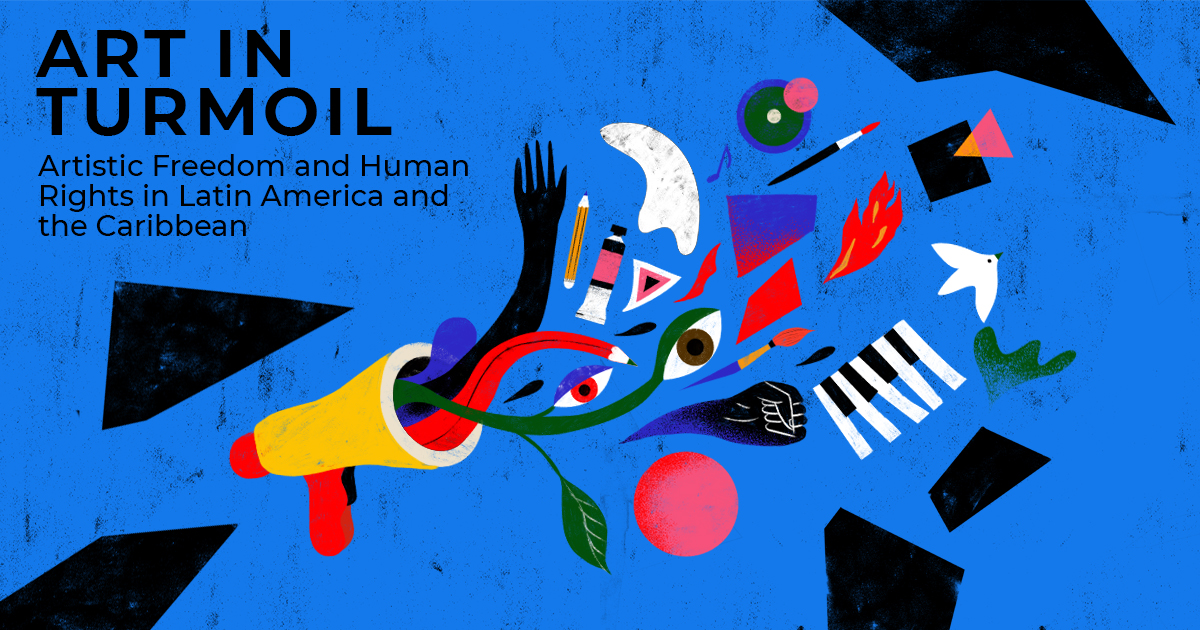
From violent crackdowns on large-scale social demonstrations in Chile and Colombia, to the troubling rise in authoritarianism in Nicaragua and Cuba, and the enactment of invasive COVID-19 regulations across the entire region, the last two years have marked a troubling rise in restrictions on artistic freedom in Latin America and the Caribbean.
In order to understand how artists and human rights defenders from across Latin America and the Caribbean have been affected by these concerning developments – and the steps they are taking to protect themselves and sustain their creative expression – ARC, in partnership with Amnesty International and Labo Ciudadano, has released a new report on artistic freedom in the region: Art in Turmoil: Artistic Freedom and Human Rights in Latin America and the Caribbean. The report presents the discussion and key findings from a closed virtual workshop convened in March 2022 which gathered 31 artists, human rights defenders, and cultural practitioners from 10 countries in the region.
Art in Turmoil shares personal insights from key stakeholders in the field of artistic freedom on the main challenges artists and human rights defenders in the region face today, from repressive state and non-state actors to COVID-19. The report also provides tools and recommendations intended to help artists – and the organizations that support them – continue to create and defend artistic freedom, even in the face of growing adversity.
Don’t forget to listen to the latest episode of our Spanish-language podcast ¡El Arte no Calla!, featuring three artists and human rights defenders — Danny Rayman (Chile), Egly Larreinaga (El Salvador), and Malú Valerio (Venezuela)— who participated in the workshop and are reflecting on some of the critical issues raised in the report.
Key findings include:
- Job insecurity, the rise of online work, increased surveillance, and fallout from police and military enforcement of public health measures are the main challenges for artists.
- In most countries, pandemic and post-pandemic policies have prioritized “essential,” economic fields while neglecting artists, which has widened existing gaps between mainstream artists, subsidized artists, and independent artists, forcing many of the latter to give up their artistic work.
- Artists who are also activists are particularly at risk because they are doubly exposed, which heightens their vulnerability, especially in authoritarian contexts in which they can be easily identified and repressed. This can lead to censorship and self-censorship, arbitrary house arrest, and other tactics designed to limit their expression.
- A common strategy of repression in the Central American region is forced displacement, where individuals or groups of dissidents must change their domicile, within or outside their country, which isolates and silences them.
The publication offers recommendations to help cultural institutions, human rights partners, and civil society shape a basis for actionable steps to protect artists, including:
- Strengthen and update existing networks. Artists and advocates recommend keeping channels of dialogue open, so they can build networks of solidarity and mutual support to help solve problems and mitigate violence.
- Confront the problem of mental health in a more committed and effective way. As many artists and activists are exhausted, strategies should focus on providing consistent support. Both artists and advocates are enthusiastic and hopeful, but we must also acknowledge the heavy emotional toll of threats and attacks.
- Strengthen the digital security of artists and activists by holding workshops organized by experts in this field.
- Strengthen the connections between the fields of art and culture and human rights, which tend to be separate and uncoordinated throughout the region.
Published on December 15, 2022.



